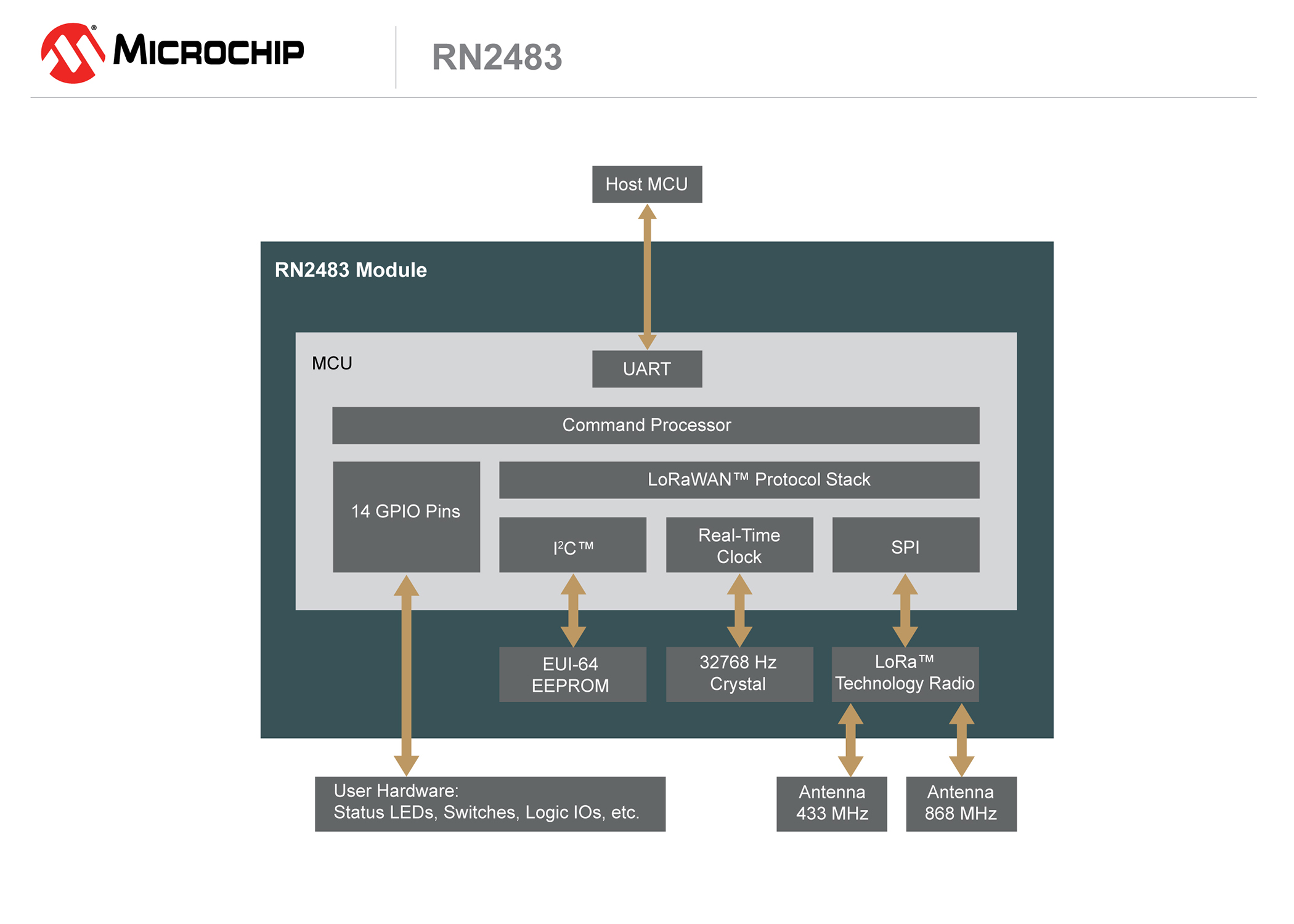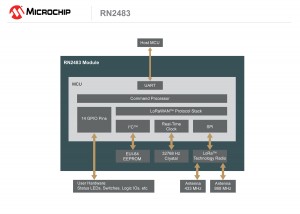1 min read
Microchip Announces Its IOT Solution For LoRa Technology Network

Copyright 2023, IT Voice Media Pvt. Ltd.
All Rights Reserved

 series of modules for the LoRa technology low-data-rate wireless networking standard. The new modules enable Internet of Things (IoT) and Machine-to-Machine (M2M) wireless communication with a range of more than 10 miles (suburban), a battery life of greater than 10 years, and the ability to connect millions of wireless sensor nodes to LoRa technology gateways.
series of modules for the LoRa technology low-data-rate wireless networking standard. The new modules enable Internet of Things (IoT) and Machine-to-Machine (M2M) wireless communication with a range of more than 10 miles (suburban), a battery life of greater than 10 years, and the ability to connect millions of wireless sensor nodes to LoRa technology gateways.